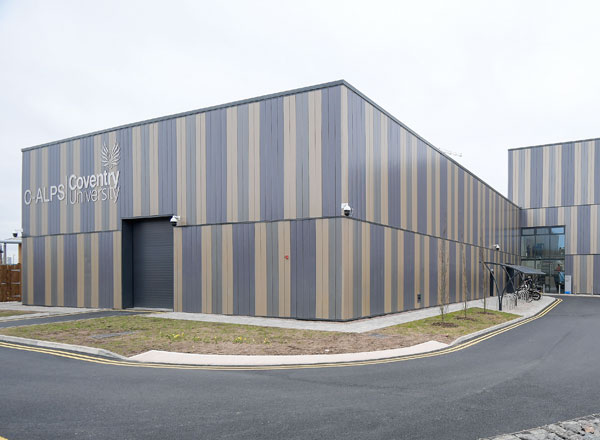A new research by Heriot-Watt University discovered that the UK has a backlog of 3.9 million homes, its biggest housing shortfall on record; meaning that 340,000 new homes need to be built each year until 2031. Central Bedfordshire alone needs to build 360 affordable homes each year until 2021 under the Strategic Housing Market Assessment. To make a start Central Bedfordshire College and a private developer have chosen ZEDPods, ready-made, quality starter-homes for a new development of 23 homes on college land. The one and two-bedroom houses, a break-through development in low cost, low carbon and high-quality homes, are fabricated off site. Their modular construction allows them to be rapidly erected on pieces of land not generally considered suitable for housing. With a variety of design options covering single or multi-occupancy sites, ZEDPod homes can be tailored for a range of accommodation needs, offering a viable, affordable solution to the keyworker housing crisis. “We are delighted that Central Bedfordshire College is able to support the local area needs and ZEDPods with the creation of environmentally friendly housing solutions. We look forward to working with ZEDPods to develop new courses teaching on modern forms of construction utilising the most cutting edge, eco-friendly construction techniques to our learners and to seeing the benefits that this innovation will have on our community,” said Ali Hadawi, Principal of Central Bedfordshire College. The ZEDPods are designed and developed by RIBA award-winning architect Bill Dunster, who will take advantage of existing city centre car park locations and hard standings across the UK. The homes are built to higher standards than conventional houses, being super insulated, triple glazed, with heat recovery ventilation, low carbon technology and lots of daylight. “As the pods are constructed from quality fireproof, durable and robust materials, they are designed to last as long as a traditionally built homes, The pods’ solar roofs generate more energy than the houses consume, so they will also have the lowest possible running costs,” explained Bill Dunster. ZEDPod owners will have their own balcony and front door, a kitchen and dining table, a bathroom, a lounge with stairs leading to a mezzanine floor bedspace, with home office desk, double bed, wardrobe and storage. ZEDPods will be sold with a ‘Q Assure’ mortgageable warranty.











